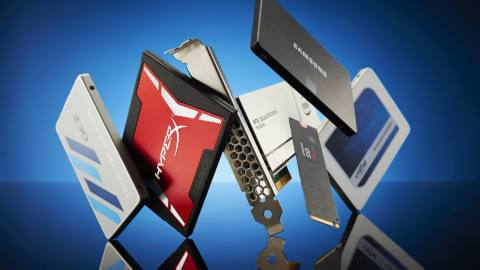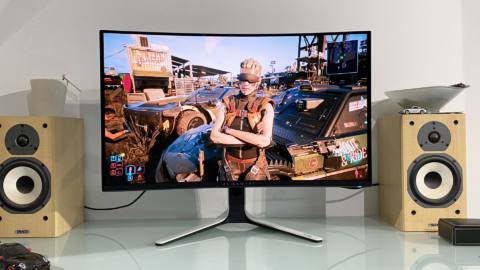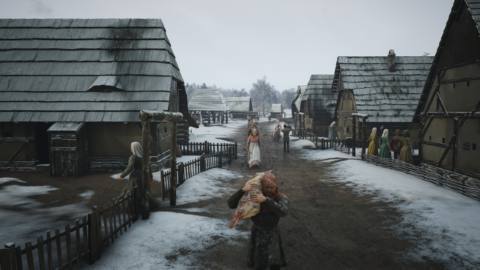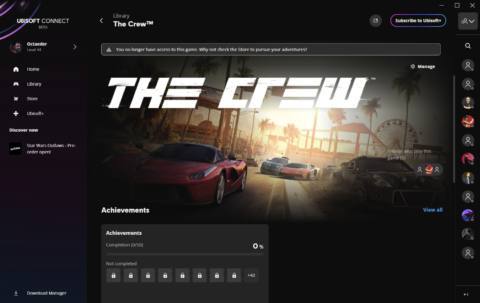If Fortnite had come around when I was at school, I probably would have never left the house. As it happened, I was already at university when it was released in 2017, so for five years or so, with little interest in picking up the game, it completely passed me by. That all changed in August 2022, when Epic Games added something of such deep, mind-shattering importance to the game that I had no choice but to download it—Goku. A Dragon Ball Z crossover is the only reason I started playing Fortnite, but that led to an obsession that’s culminated in… well, me being here on PCGamer writing about it.
Over the past seven years, Fortnite has established itself as the premiere home of videogame crossovers. DC, Naruto, Star Wars, Family Guy, Street Fighter, Ferrari, Balenciaga, the NBA, Lady Gaga… the list goes on. Fortnite has had crossovers with some of the biggest brands and pop culture phenomena of our time—in what other game could Alan Wake ride Shenron into battle against Davy Jones? It would be naive to suggest that they haven’t contributed hugely to its success.
But Fortnite is, of course, far from the only game to do crossovers. Overwatch 2, for example, has featured Cowboy Bebop and K-pop group Le Sserafim, while Apex Legends has also teamed up with Star Wars and Naruto, and Destiny 2 has included content based on Ghostbusters, D&D, and more. None of these games has managed to come close to Fortnite’s level of success with these kinds of events, however—so what’s the secret that makes its crossovers make such a bigger splash?
Let’s use Overwatch 2 as an example of the difference in approach. Right now, it has a crossover running with My Hero Academia. This includes a few skin bundles and some challenges you can complete to unlock unique sprays. Ignoring the fact that only one of these skin bundles would set you back more than $20 worth of in-game currency, this is about as surface-level as a crossover can get. There are no unique changes to the game, meaning the only way to participate in the event if you aren’t willing to fork out for the skins is to complete the event challenges. Unfortunately, all of these challenges simply require you to play a certain number of matches, so engaging with the event essentially boils down to playing the game exactly as you would normally.
Fortnite also added some My Hero Academia skins to the game during Chapter 4 Season 1 back in 2022 (and not to harp on about Overwatch too much, but they were a bit cheaper than $20). But while the cosmetics were there for those who wanted them, this event went far beyond just skins. It included a unique weapon, the Deku Smash, taken straight out of the anime, and a fully new map with its own minigame was added, with a set of unique challenges to complete to earn rewards.
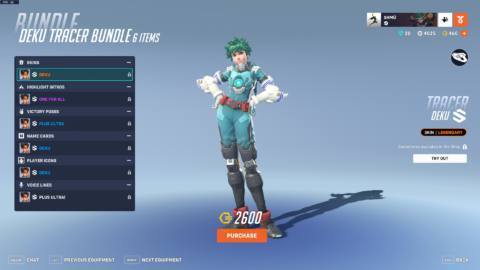
Imagine you have never played Fortnite or Overwatch 2, and a crossover event for your favourite franchise begins in both games. Are you going to play the one with minimal content and a few skins, or the one with themed weapons, maps and minigames, almost all of which you can access free of charge? What Epic Games gets right that so many other developers don’t is that these crossovers are more than just a couple of references slapped into the game for existing players—they offer things substantial enough to be worth downloading the game for.
Fortnite’s current season isn’t just made for Fortnite players who happen to like Marvel—it’s made for Fortnite fans and Marvel fans alike. Regular Fortnite players get the benefit of new maps, weapons, and bosses to fight, while Marvel enthusiasts are offered a new way to experience their favourite series. Whether you joined two weeks ago to try out Captain America’s shield, or two years ago for the Kamehameha, there’s something exciting there for you. It’s a constant stream of reasons for people to return to the game or try it for the first time.
The only other game that seems to come close to matching it is Dead by Daylight. As in Fortnite, its crossovers have been so much more than just a couple of skins, with each new chapter adding new Killers, Survivors and maps often drawn from classic horror series. When you play as Silent Hill’s Pyramid Head, it’s not just a stock character with a skin on—you’re playing a wholly unique Killer with their own unique abilities. Again, whether you’re a fan of Dead by Daylight or a fan of Silent Hill, there’s something to love here, because it appeals to both sides of the aisle.
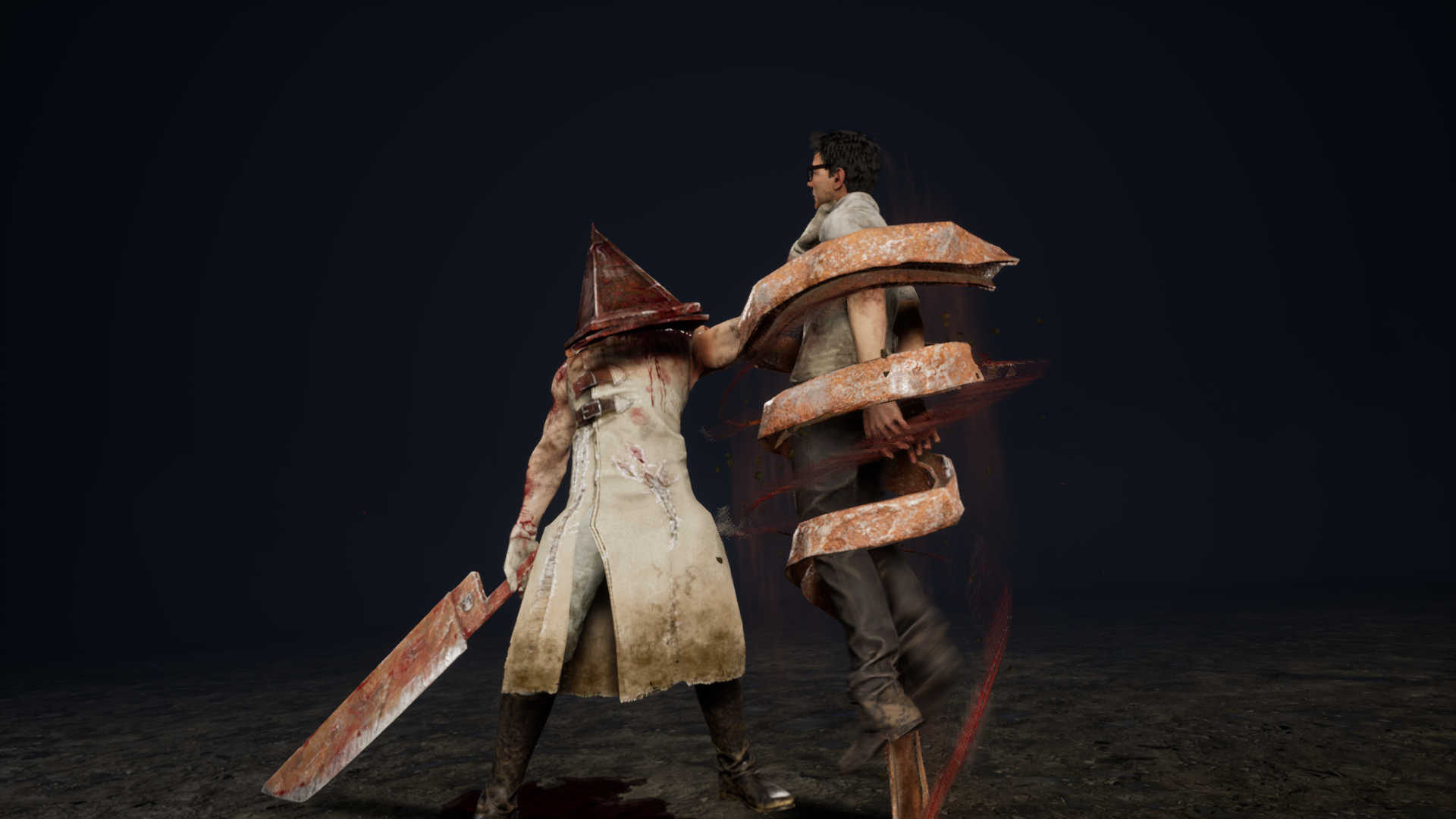
In both games, it speaks to a much greater willingness to let the guest franchise be the star of the show—knowing that ultimately the game around it will benefit. In Fortnite’s case, the developer seems happy to make space for almost any crossover if it thinks people will be excited, and it can be really astonishing how effective it is. When Metallica was featured in Fortnite Festival earlier this year, for example, I saw clips on social media of middle-aged metalheads trying out the game, just because their favourite band was playing a couple of virtual shows—how many other games can boast that kind of reach?
Admittedly this might be a little harsh on the competition. Games like Overwatch have a firmer sense of lore and theme. Where Fortnite can play fast and loose with its world, for most other games it isn’t quite so simple. Throwing a random Spider-Man-themed map into the mix would risk diluting the game’s setting and upsetting die-hard fans.
And while Fortnite’s formula is free for all to see, emulating it directly is certainly easier said than done. Epic is a juggernaut to compete with, flush with resources and with the connections and momentum to secure any crossover it likes.

I’m sure there are many more reasons that hold other developers back, too. But ultimately there is a simple difference of attitude, here. Where so many games seem to see crossovers as an afterthought, Fortnite embraced them wholeheartedly, and while its sheer success may be impossible to match, I don’t think that means there’s nothing to be learned from it—or that other developers can’t grab a bigger slice of the pie by applying those lessons.
Whether you like it or not, franchises are a powerful tool these days, to say the least. People are ride or die for their favourite series, and they crave new content for it. Epic Games is all too happy to provide that, where others seem to hold back. By going above and beyond to create crossover events that are packed with truly engaging new content, made all the more interesting by how it fits into the world and mechanics of Fortnite, it’s hit upon a golden formula. If other games want to follow suit, the blueprints are there—just throwing a few skins into the game simply doesn’t cut it anymore.

